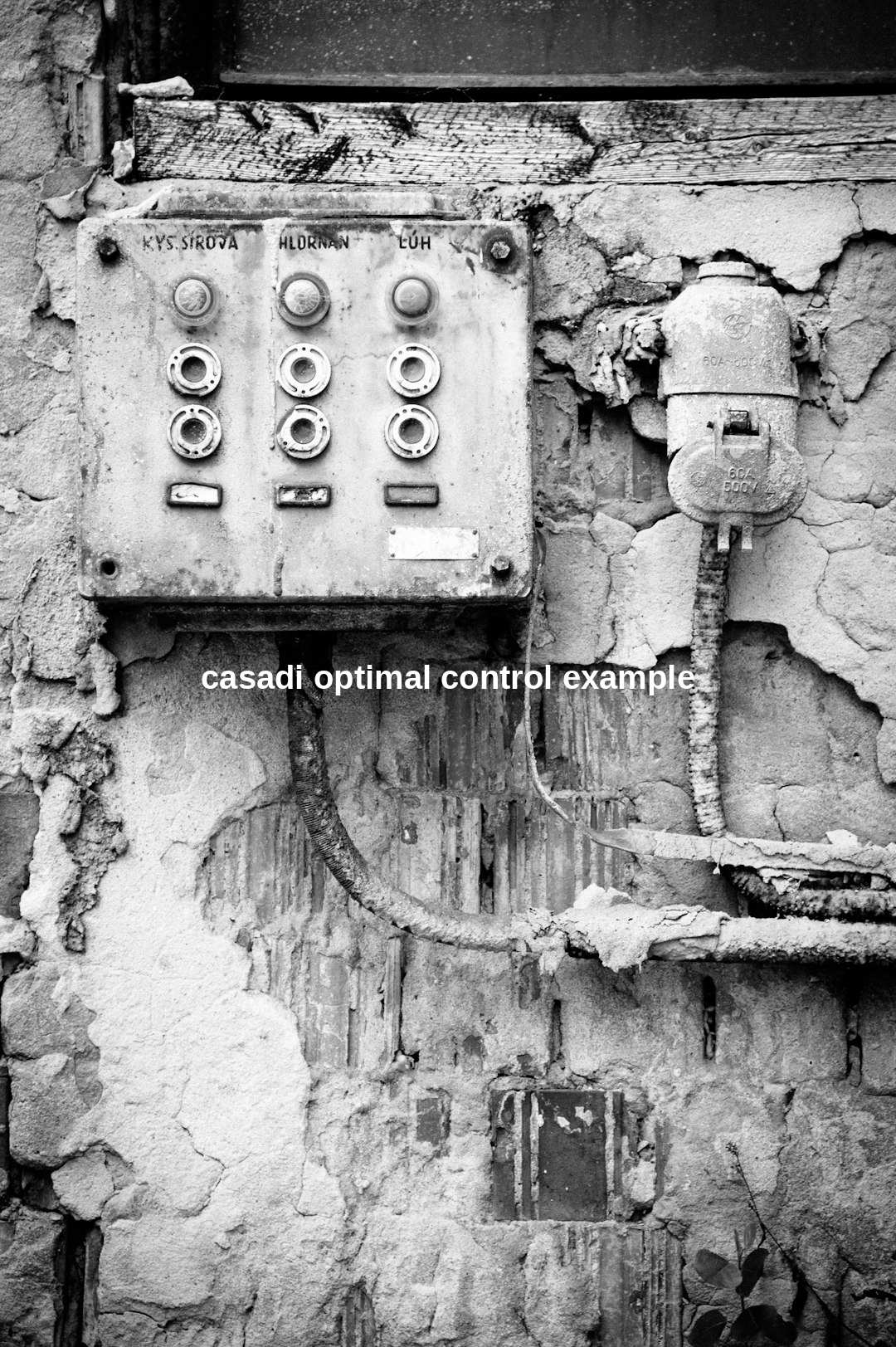When designing a building, one of the critical architectural elements that blend functionality with aesthetics is the roof. The angle at which a roof slopes is what we refer to as the ‘roof pitch’, and it is a crucial factor that affects everything from the style of the home to how well it stands up to the weather. In this read, we will explore various roof pitch examples, understand their significance in architecture, and delve into the considerations for choosing the right pitch for your roofing project.
| Roof Pitch | Common Uses | Weather Consideration | Material Suitability |
|---|---|---|---|
| Flat (1/12 to 2/12) | Commercial buildings, Modern homes | Poor drainage, not ideal for high-rainfall areas | Membrane systems like TPO, EPDM |
| Low Slope (3/12) | Sheds, Porches, Some residential homes | Decent drainage, manageable in moderate weather | Asphalt shingles, Metal roofing |
| Standard Slope (4/12 to 9/12) | Most residential homes | Good drainage, ideal for various weather types | Asphalt shingles, Tile, Wood shakes |
| Steep Slope (9/12 and above) | Historic homes, Chalets, A-frames | Excellent drainage, best for heavy snowfall and rain | Slate, Metal roofing, Tile |
The Fundamentals of Roof Pitch and Its Importance in Design
Defining Roof Pitch
The concept of roof pitch is deceptively simple—it’s the measure of the steepness or incline of a roof, which is typically expressed as a ratio of the vertical rise to the horizontal run. In this ratio, the run is always set at 12 inches, making the pitch easy to comprehend and visualize. For example, in a roof with a 6/12 pitch, the roof rises 6 inches for every 12 inches of horizontal run.
Understanding the pitch is essential for several reasons. Firstly, it determines the type of materials that can be used, as each material has its limitations and strengths depending on the angle of the roof. Secondly, the pitch plays a pivotal role in a building’s capability to shed water and snow. Too shallow of a pitch, and the roof won’t efficiently shed water, leading to potential water damage. Conversely, a very steep pitch can increase the cost of construction and maintenance but will have superior shedding capabilities.
Apart from functional considerations, roof pitch also has an aesthetic impact. It defines the overall profile of a building and contributes to architectural style—whether you’re aiming for the classic look of a Cape Cod with a moderate pitch or the dramatic lines of a Gothic-style cathedral with steeply pitched roofs. Therefore, understanding roof pitch is not just about science; it’s also about the art of architecture and the statement you want your building to make.
Calculating and Understanding Different Roof Slopes

Essentials of Roof Slope Calculation
Calculating the slope of a roof is a critical step in design and construction. It involves mathematics and geometry, but at its core, the calculation is a ratio of vertical rise to the horizontal run, always referenced over a 12-inch length. This figure not only informs the construction process but also helps determine which materials are appropriate for the slope.
Understanding the precise slope of a roof is integral to ensuring proper water runoff, structural integrity, and aesthetic appeal. It aids in selecting the suitable materials and also complies with local building codes that dictate minimum and maximum slopes.
Material Choices for Various Roof Pitches
Selecting the Right Materials for Your Roof Slope
Certain materials are better suited to specific roof pitches and can affect the longevity and performance of the roof. For example, low-sloped roofs require materials that provide water-proofing qualities, while steeper roofs can use materials that are more focused on aesthetics and shedding capabilities.
Choosing the appropriate material for a given roof pitch is a key decision that affects a building’s maintenance needs, weather resistance, and even energy efficiency. Materials must be paired wisely with the slope for a harmonious, efficient, and visually pleasing roof design.
Real-Life Roof Pitch Examples and Their Impact
Impact of Roof Pitch in Real-World Applications
Exploring real-world examples of roof pitch can demonstrate how different angles serve various purposes. Flat roofs can be seen in modern structures emphasizing sleek lines, while traditional homes often feature standard pitches that balance aesthetics and functionality. Steep pitches are commonly found in areas with heavy snowfall.
Each real-life example of roof pitch provides insight into the interplay between design intention, environmental conditions, and material selection. Whether it is the chalets in snowy regions or the flat-roofed commercial buildings in urban landscapes, roof pitch shapes the relationship between a structure and its surroundings.
Conclusion: The Optimal Approach to Selecting Roof Pitch and Materials
In conclusion, the roof pitch of a structure is a defining feature that plays a multifaceted role in the overall architectural design. It affects the aesthetic appeal, internal volume, material choices, and the building’s ability to withstand environmental factors such as rain and snow. Understanding the dynamics of roof pitch will lead to better-informed decisions that enhance the functionality and longevity of a building. Considering the pitch early in the design process can help to navigate the complexities of construction and material selection effectively.
- Roof pitch is a critical design element that influences water drainage, architectural style, and the building’s structural integrity.
- The measurement of roof slope is expressed as a ratio of vertical rise to horizontal run over a 12-inch span.
- Different roof pitches require specific materials suitable for the angle to ensure the roof’s performance and durability.
- Various roof pitch examples illustrate how angle choices impact the design, from flat roofs on contemporary buildings to steep pitches in snow-prone areas.
- Selecting the correct pitch and materials is crucial for compliance with local building codes and optimizing a building’s resistance to weather conditions.
- A balance between functionality, aesthetics, and cost efficiency is key in determining the optimal roof pitch for any given structure.


